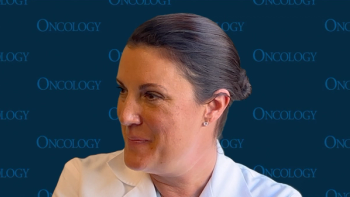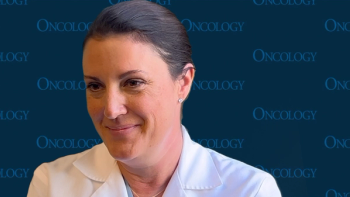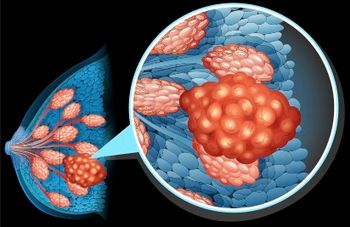
Oncology NEWS International
- Oncology NEWS International Vol 7 No 12
- Volume 7
- Issue 12
Roswell Park and Local HMO Use Claims Data to Study Regional Breast Cancer Care Patterns to Evaluate Quality
BUFFALO, NY-One use of cancer practice guidelines will be to raise the standard of care in a community and create partnerships between cancer centers and payers, Stephen Edge, MD, told the President’s Cancer Panel.
BUFFALO, NYOne use of cancer practice guidelines will be to raise the standard of care in a community and create partnerships between cancer centers and payers, Stephen Edge, MD, told the Presidents Cancer Panel.
Dr. Edge, chief of Breast Surgery at Roswell Park, described a collaborative effort among Roswell Park; Independent Health, Inc. (a not-for-profit HMO in Western New York); and a panel of community physicians to examine the quality of breast cancer care in the region, using administrative claims data from Independent Health, and explore ways to improve current practices.
We hypothesized that claims data would show a cross section of breast cancer care in Western New York. We wanted to determine patterns of care to evaluate quality, including comparison of care in the region with the established practice guidelines of the National Comprehensive Cancer Network, Dr. Edge said.
Patients were identified from claims data of breast procedures and diagnoses over a 2-year period from 1995 to 1997, plus 6 months of subsequent insurance claims. The type of care was determined from the claims. Cancer stage was determined by obtaining surgery and pathology reports through the HMO.
One area of quality evaluation was the rate of positive findings on mammo-graphic-directed breast biopsy. The study showed 2,798 biopsies2,376 patients with no cancer and 422 with a confirmed cancer diagnosis. In the optimal practice setting, 25% to 30% of these biopsies should be positive for cancer. Claims data demonstrated that in Western New York, about 18% of mammographic-directed biopsies were positive. However, the rate of positive biopsy varied significantly among individual radiologists and surgeons, ranging from 7% to 39%.
Other measures of quality care under study include the rate of breast-conserving surgery (about 60%)and the number of second breast surgeries to re-excise additional tissue due to positive margins.
Optimally, our goal is to have only one surgical procedure on a breast to remove malignancy. If we could eliminate some of these secondary surgeries, we could save a great deal of money and anxiety in this population, Dr. Edge said.
Overall, the study has shown the feasibility of studying practice patterns in breast cancer using claims data, and the potential applicability of the method to other cancers. The next step, he said, is to complete the review of data and comparison with NCCN guidelines. Feedback of these results to providers should assist in ongoing quality improvement.
Articles in this issue
almost 27 years ago
Long-Term Adjuvant Tamoxifen Urged for Low-Risk Breast Canceralmost 27 years ago
EORTC DCIS Study Confirms Recurrence Reduction With RTalmost 27 years ago
James Cancer Center Joins NCCN Outcomes Databasealmost 27 years ago
Managed Care Sees Need for National Guidelines, Accreditationalmost 27 years ago
Advisory Panel Recommends Approval of Vysis HER2 Testalmost 27 years ago
Drinking Tea After Smoking May Reduce Oxidative Stressalmost 27 years ago
Use Special Skills, Tools to Assess Pain in Children, Elderlyalmost 27 years ago
Good Response Rates With Radiolabeled Anti-CD20 MoAB in NHLalmost 27 years ago
Tobacco Industry Settles With Statesalmost 27 years ago
Komen Foundation 1998 Awards Honor Leaders in Fight Against Breast CancerNewsletter
Stay up to date on recent advances in the multidisciplinary approach to cancer.


















































































